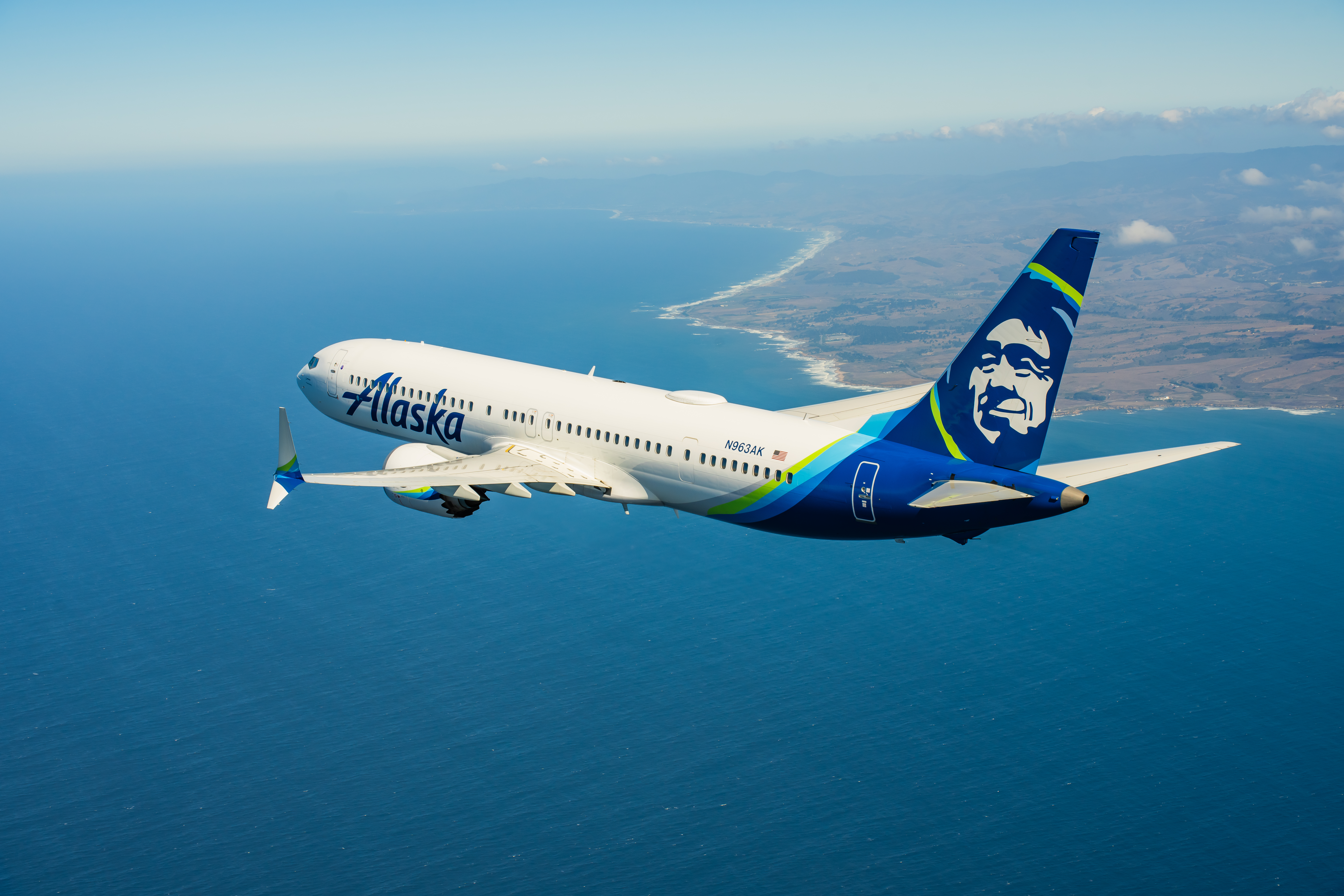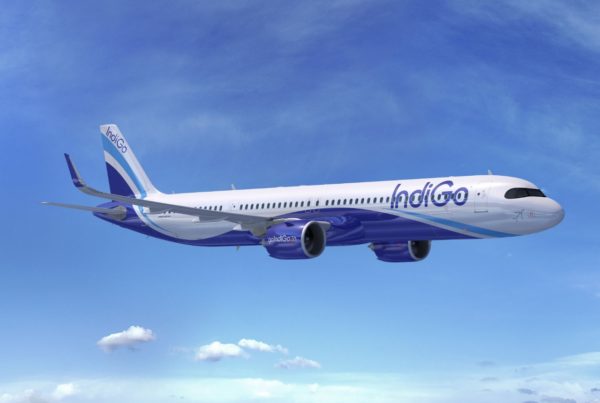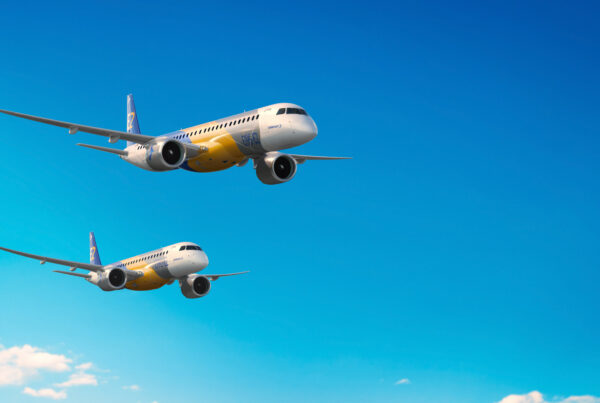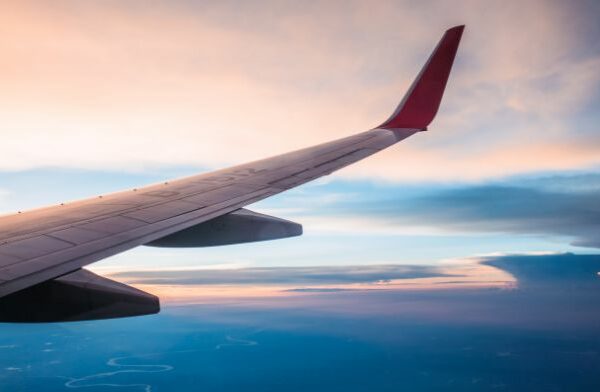Since Alaska Airlines’ Flight 1282 incident on 6 January, where the aircraft lost its left-hand side emergency exit plug rear-aft door mid-flight, the Federal Aviation Administration (FAA) has ordered an Emergency Airworthiness Directive (EAD) to temporarily ground certain types of Boeing MAX 9 aircraft.
The incident occurred following takeoff from Portland, Oregon, depressurising the plane and leaving a gaping hole in the fuselage, forcing it to turn around and make an emergency landing.
This order by the FAA will affect 171 aircraft worldwide. According to the FAA, the required inspections will take between four to eight hours per aircraft to complete.
“The FAA is requiring immediate inspections of certain Boeing 737 MAX 9 planes before they can return to flight,” said FAA’s Administrator Mike Whitaker. “Safety will continue to drive our decision-making as we assist the NTSB’s investigation into Alaska Airlines Flight 1282.”
Commercial operations affected
The plug door was installed as a replacement for an emergency exit aircraft door. According to data from IBA Insight, 67% of the 216 in-service MAX 9 aircraft are operated in North America, and around 85% of the MAX 9 aircraft in service have this mid-exit plug door installed.
United Airlines is the second largest operator of 737 MAX 9 aircraft, after Alaska Airlines, although the MAX 9 makes up a significantly lower percentage of its overall fleet. It has currently grounded all its MAX 9 jets, as per the EAD.
Alaska Airlines released a statement, commenting that this grounding has “significantly impacted” its operations. As of 7 January, it has cancelled 170 flights on Sunday and 60 on Monday, with more cancellations expected.
This grounding is another blow for Boeing and for the MAX type, which has faced a number of issues surrounding manufacturing, quality control, and safety since the 2018-2019 crashes of Ethiopian Airlines and Lion Air.
Recently, the manufacturer sent out a multi-operator message to urge inspections on all its 737 MAX aircraft types for a possible loose bolt in the rudder control system.
Boeing released a statement, which confirmed that a Boeing technical team is supporting the National Transport Safety Board’s (NTSB) investigation into the incident.
“Safety is our top priority, and we deeply regret the impact this event has had on our customers and their passengers. We agree with and fully support the FAA’s decision to require immediate inspections of 737-9 airplanes with the same configuration as the affected airplane,” it added.



Image credit: Alaska Airlines







